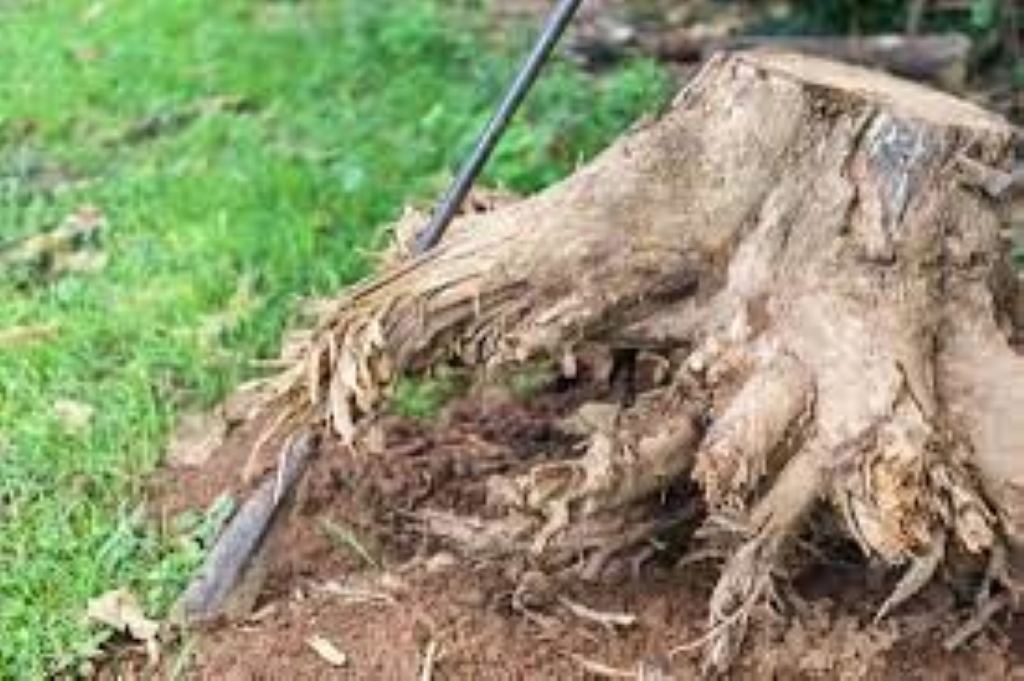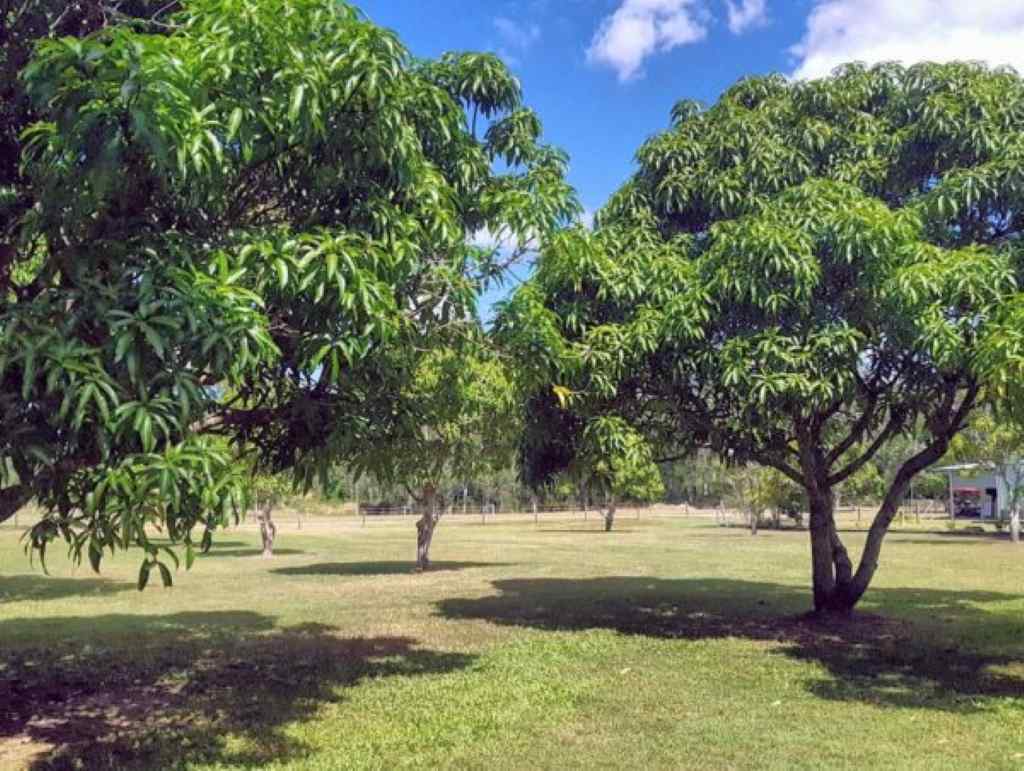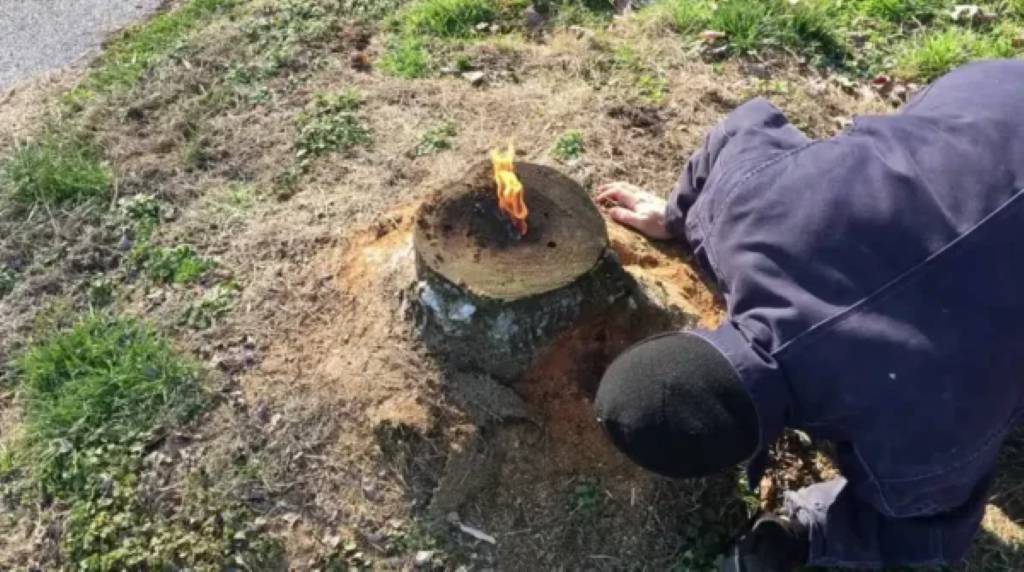Removing Tree Increase property value
The decision to remove trees from your property can be a difficult one that is impacted by a variety of variables. One of the most important factors to consider is how this removal may affect the overall value of your house. When it comes to property value, trees can be both assets and liabilities, depending on factors such as their type, condition, and the preferences of potential buyers. In this blog we will Learn about does removing tree increase property value.
Reason to remove a tree from your property
Some landowners must make the tough decision to remove a tree from their property. Perhaps you’re worried that it will depreciate the value of your home, or your family has owned it for decades.
However, this is not always the case. There are a variety of reasons to remove a tree from your property, ranging from aesthetic to functional, without harming the value of your home. Tree removal might be advantageous if done appropriately.
We strongly advise people to obtain expert assistance with tree removal because it can be an unpleasant experience Before we get into the details, here are some of the most typical reasons for having a tree removed from your property.
Inconvenient location
Removing trees may enhance property value in some urban or suburban areas because it creates more open space for landscaping, a greater area for construction, or simply a neater appearance. Trees, on the other hand, may be highly valued in more rural or natural environments, and their removal may reduce property value.
Dead trees
Dead trees can be hazardous to one’s safety. They are more likely to fall during storms or heavy winds, perhaps inflicting structural damage, automobile damage, or even injury to people. Removing dead trees minimizes these safety hazards, which can be a major selling element for a home.
Dead trees are ugly and can detract from a property’s overall curb appeal. Removing them can improve the visual attractiveness of the house, making it more appealing to potential purchasers.
Dead trees can limit the use of outdoor space. Removing them creates more usable space for landscaping, gardens, recreational activities, or even the possibility of adding structures like sheds or garages. That is why removing dead tree increase property value
Diseased and pests
Trees that are diseased or pest-infested are weakened and more likely to fall during storms, posing major safety threats to persons and property. By removing them, these hazards disappear, making the property safer. Sick and diseased trees are often ugly, detracting from the property’s overall visual attractiveness. Their removal can improve the property’s curb appeal, which can increase its value. Diseased and pest-infested trees can spread illnesses and pests to healthy trees nearby. Eliminating sick trees can free up more yard space for landscaping, gardens, recreational spaces, or future construction projects. Trees that are diseased or pest-infested frequently require regular upkeep and treatments to handle the concerns, which can be expensive.
Removing overgrown and uprooted trees
Overgrown or uprooted trees can give a house an untidy look, hindering its overall visual attractiveness. Excessive shade from overgrown trees can stifle the growth of grass, plants, and other vegetation. Their removal provides for more diverse and healthier landscaping options. Roofs, gutters, and structures can be damaged by overgrown trees with big branches or dense canopies. Trees that have been uprooted can cause building damage and costly repairs. The removal of these trees reduces the chance of property damage. During a storm, uprooted trees, particularly those near buildings or electrical lines, can cause havoc. Removing them prevents emergency scenarios from occurring.
Overgrown trees frequently necessitate extensive maintenance, such as pruning and the removal of dead or overhanging limbs. That is why removing them increases property value
The foundation of your home is being harmed by tree roots
Trees with invasive roots can lead to uneven ground and trip hazards in your yard. Removing these roots improves safety and reduces the risk of accidents, which can enhance property value. Dealing with tree root damage often involves landscaping adjustments. Buyers prefer to invest in a property with a well-maintained foundation Buyers often seek homes that require minimal immediate repairs or maintenance.
Related Posts:
Buyers preference
Location is the most important factor for buyers. Proximity to school bus transportation, universities, and amenities. Buyers also prefer property types such as single-family homes, condos, townhouses, or apartments, based on their lifestyle and family size.
The character and safety of the neighborhood, as well as its sense of community, can strongly influence buyer decisions.
FAQS
What types of trees might increse property value if removed?
Generally, trees that are diseased, dead, overgrown, or pose safety risks are more likely to decrease property value when left in place. Removing such trees can prevent property devaluation.
How to know the tree removal effect on my property value?
Consult with a local arborist or real estate expert to assess the specific situation in your area. They can provide insights into the potential effects of tree removal on your property’s value.
Can removing a tree improve safety on my property?
Yes, if a tree is dead, diseased, or poses a hazard, removing it can enhance safety, potentially increasing property value.
Does removing trees always increase property value?
Not necessarily. The impact of removing trees on property value depends on factors like the type of trees, their condition, location, and buyer preferences. While some removals can enhance value, others may have a neutral or negative impact.
Conclusion
The influence of tree removal on property value is a subtle topic that is dependent on a variety of factors such as tree type, condition, location, and buyer preferences. While tree removal can increase property value in some circumstances by enhancing safety, beauty, and usefulness, it can also have a neutral or negative impact when trees provide significant aesthetic appeal, shade, or privacy that buyers enjoy.




